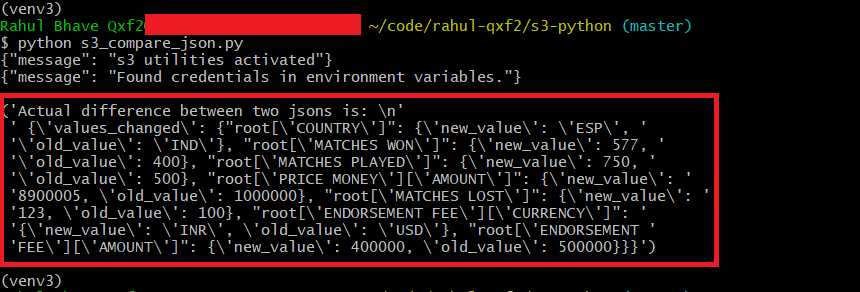

Let’s assume that our website already has these data structures implemented in its internal logic, and that it just cannot deal with a spreadsheet format. And you can’t transfer that info from the website to the database unless you have some sort of export tool or gateway for it. You can’t just plug-n-play a spreadsheet into a web application, unless the application has been specifically designed for it. The problem is that, if you ever want to exchange this information with a database or a website, the mechanics by which these data structures are implemented on these other platforms - even if the underlying semantics are overall the same - will be dramatically different. More or less, what you did there was to define a data structure and you’ll do just fine if you only need this on a spreadsheet format. You could go just a little further, define that the date of birth column must be a number, and that the instruments columns could be a list of options. You could easily set a spreadsheet, define some columns, and make every row an entry. Let’s say you want to collect certain data about a group of people - name, last name, nickname, date of birth, instruments they play. The process of translating data structures or object state into a format that can be stored (for example, in a file or memory buffer, or transmitted across a network connection link) and reconstructed later in the same or another computer environment. It provides the display capability because it is a markup language.According to Wikipedia, serialization is: JSON is less secure in comparison to XML. It is more complex to read and write than JSON. XML is quite more complex to learn than JSON. Difference between JSON and XML JSON is easy to learn. Nowadays, JSON and XML are widely used as data interchange formats, and both have been acquired by applications as a technique to store structured data. JSON stands for JavaScript Object Notation, whereas XML stands for Extensive Markup Language. It contains five objects, i.e., PizzaName, Base, Toppings, Spicy, and Veg. In the above example, the object "Pizza" is an array. Here the key and values are separated by a colon, and a comma separates each key/value pair.

These objects are written in key/value pairs, where the key has to be a string and values have to be a valid JSON data type such as string, number, object, Boolean or null. In JSON, objects refer to dictionaries, which are enclosed in curly brackets, i.e. Number represents the numeric characters. It may consist of numbers, alphanumeric and special characters. Data TypeĪ string is always written in double-quotes. The key-value pairs limit the task but facilitate the predictive and easily understandable model.įollowing are the most commonly used JSON data types. Structured Data: In JSON, a map data structure is used, whereas XML follows a tree structure.Regardless of the programming language that you are using, you can easily map the domain objects. Readable: The JSON structure is easily readable and straightforward.However, JSON requires less data that ultimately results in reducing the cost and increasing the parsing speed. Faster: The JSON parsing process is faster than that of the XML because the DOM manipulation library in XML requires extra memory for handling large XML files.While working with a complex system, JSON tends to make substantial enhancements. Less Verbose: In contrast to XML, JSON follows a compact style to improve its users' readability.Since JSON is an easy-to-use, lightweight language data interchange format in comparison to other available options, it can be used for API integration. JSON supports data structures such as arrays and objects.

JSON is lightweight and self-describing.JSON is an open standard data-interchange format.JSON stands for JavaScript Object Notation.

Square brackets are used to hold arrays, where each value is comma-separated. The comma is used to separate key-value pairs. In JSON, data is represented in key-value pairs, and curly braces hold objects, where a colon is followed after each name. So, it is easy to write and read data from JSON. It supports data structures like objects and arrays. JSON is an open standard for exchanging data on the web. In 2013, JSON was standardized as ECMA-404, and RCF 8259 was published in 2017. In the early 2000s, JSON was initially specified by Douglas Crockford. It supports almost every kind of language, framework, and library. It is a language-independent data format. JSON is an acronym for JavaScript Object Notation, is an open standard format, which is lightweight and text-based, designed explicitly for human-readable data interchange.


 0 kommentar(er)
0 kommentar(er)
